An informative overview of the most effective treatments for actinic keratosis (AK) and Bowen’s disease was provided to PCDSI delegates by Consultant Dermatologist at Guy’s Hospital, UK, Dr Clare Kiely.
Dr Kiely advised that recognising and effectively treating the conditions can help to prevent skin cancer development.
She noted that data from the Irish Cancer Society predicts that by 2040, there will be 19,000 cases of skin cancer in Ireland annually.
AK and Bowen’s disease, she said, already represent a huge burden on healthcare systems. Some 10 per cent of dermatology appointments involve a diagnosis of AK.
Dr Kiely stated that he numbers are vast, citing NICE data that shows 23 per cent of people over the age of 40 have an AK.
When diagnosing an AK, she suggested that as some lesions are subtle, it is important to feel the skin for roughness.
She said 15-to-60 per cent of AKs can regress, while 15-to-33 per cent can recur. Others will remain static, while about 0.5 per cent per year will progress to a squamous cell carcinoma.
All AKs should be treated and topical agents, while destructive therapies, can also be used, Dr Kiely said.
Cryotherapy is the go-to treatment for AK, as it has cure rates of up to 98 per cent. However, cryotherapy can damage healthy skin cells and leave scars, she warned. Clinicians should also remain cautious on using cryotherapy on the lower legs because of the risk of ulceration.
Other treatments include fluorouracil, imiquimod, ingenol mebutate and photodynamic therapy (PDT).
Fluorouracil is the most effective treatment in terms of reduction and inflammation is a healthy part of treatment, she said.
In the treatment of Bowen’s disease, topical treatments are less effective, which is why cryotherapy, curettage and cautery, and PDT are recommended, she advised.
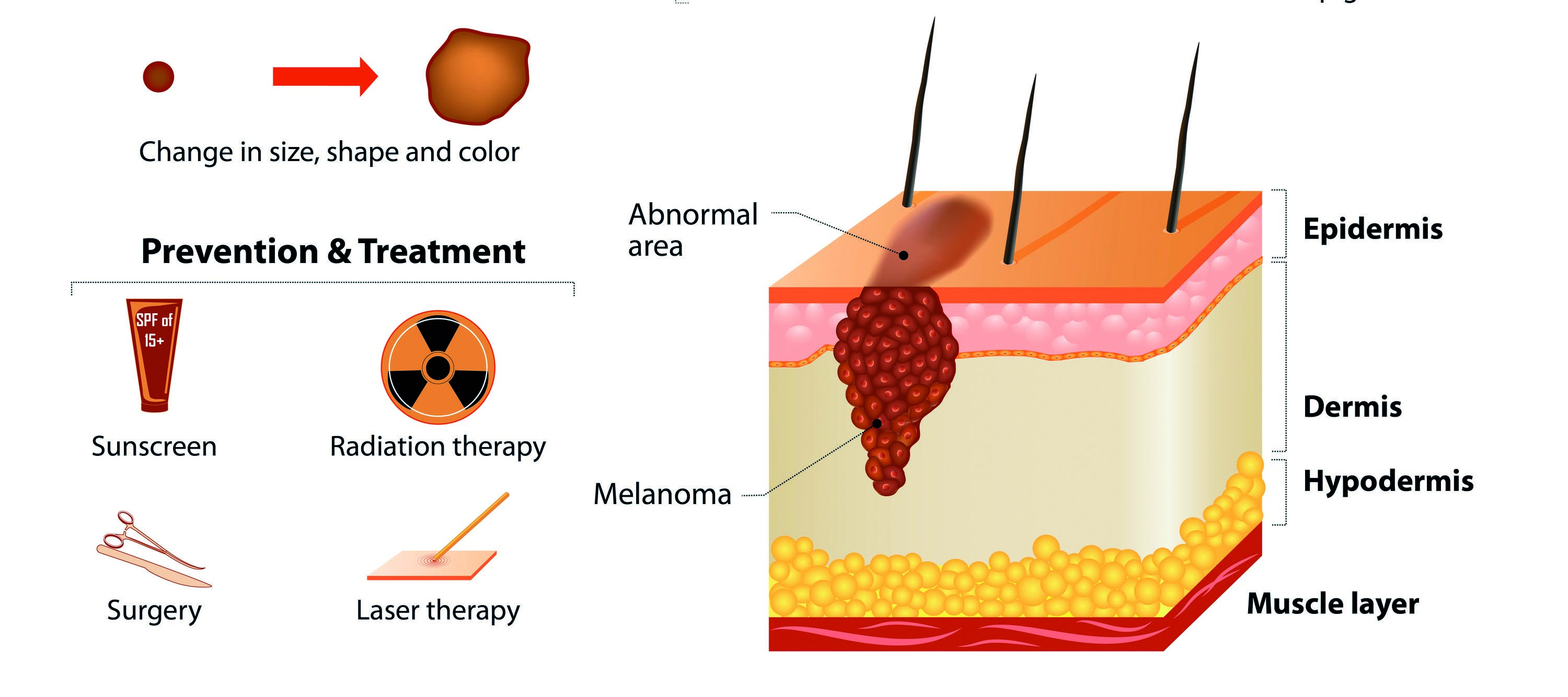
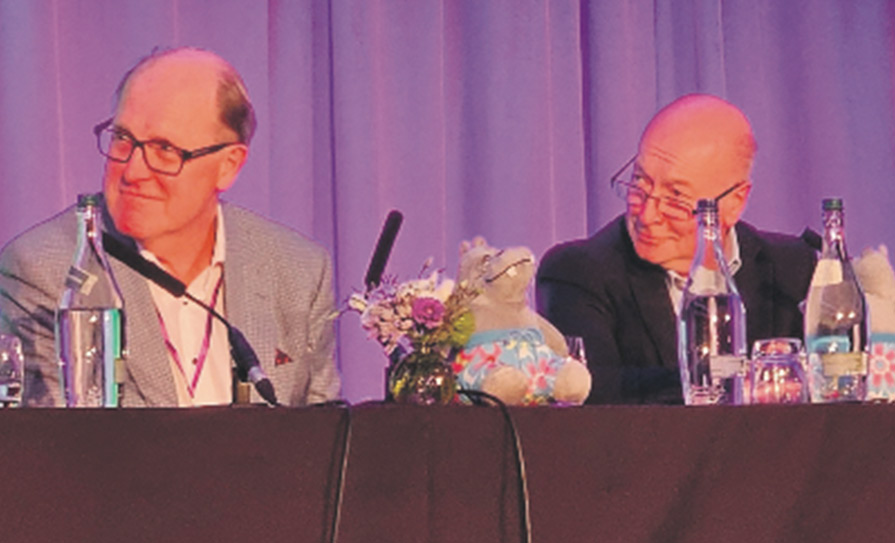
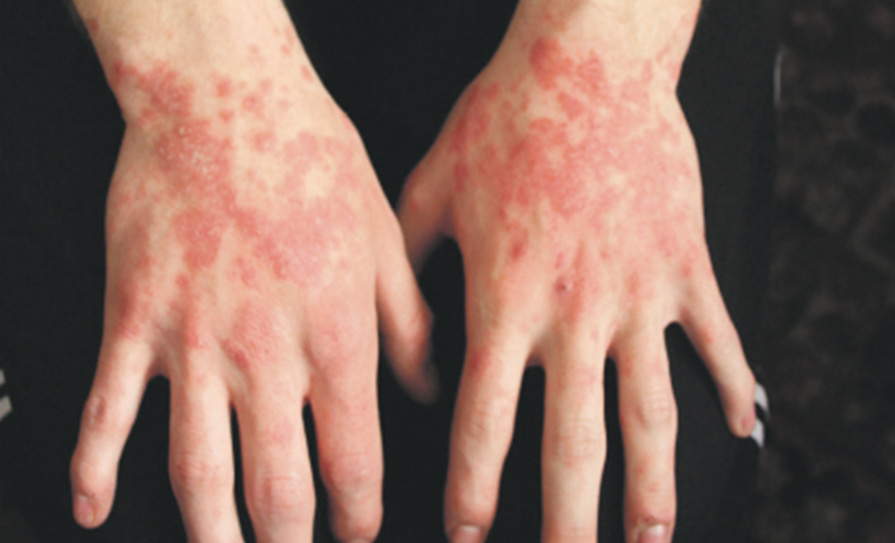
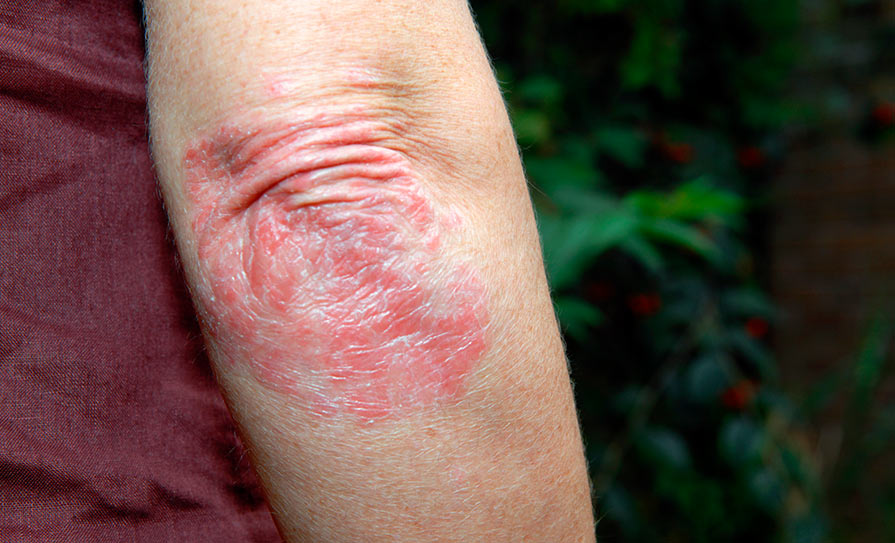

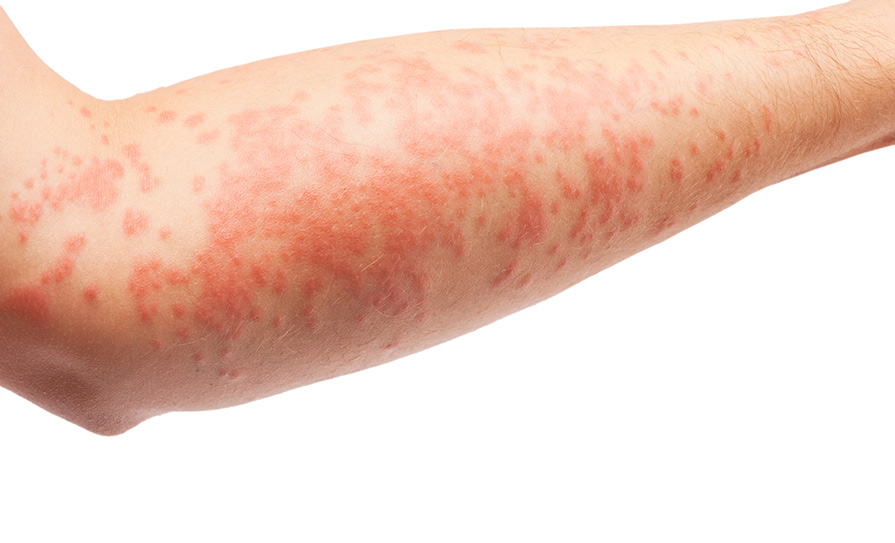

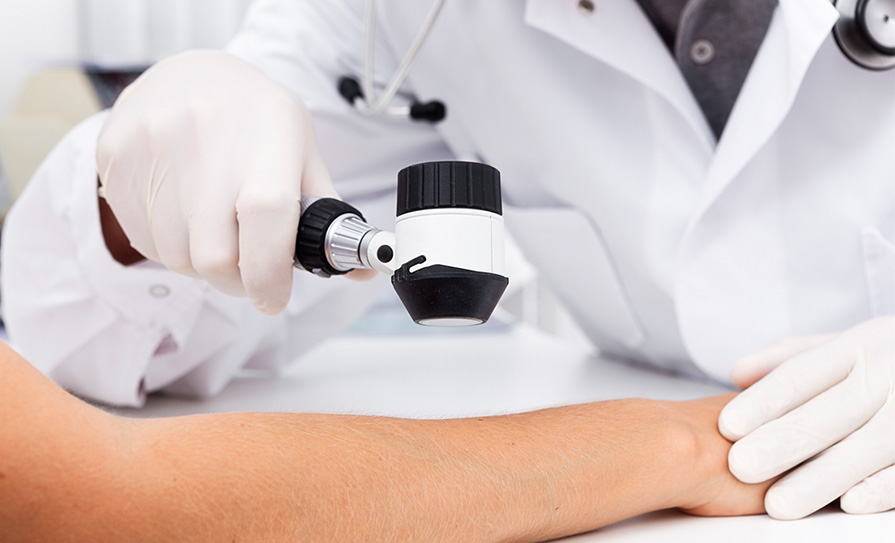
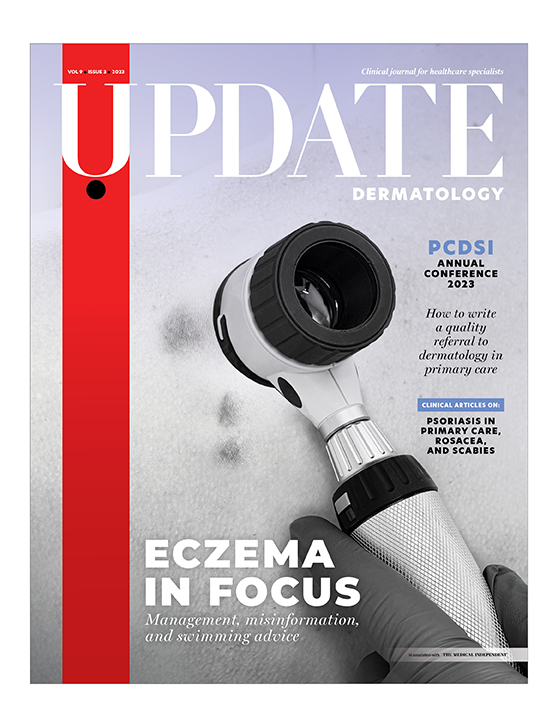




Leave a Reply
You must be logged in to post a comment.